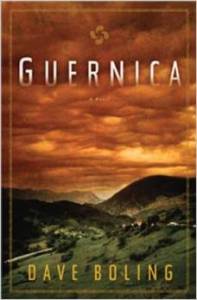In one of the art groups I'm in on Facebook, I tried to start a dialog or conversation or discussion, (take your pick) about a process in creating art. It happened to be an encaustic group, but no matter - I've run into this same problem in other groups. I said I was curious to know how other artists saw the need to have a smooth finished product. For those of you not involved in encaustic work, that means the surface should show no air bubbles or any other marks. One artist put it this way, "It is the Holy Grail of encaustics." Well, let me tell you, it will drive you crazy to try and attain that. Of course if you are doing a textured piece, the question is moot. But back to my problem.
The answers I got at first all were like a pep talk, the responders read into my post that I was cringing at the thought that my art was not perfect, that I needed some back pats, or I needed permission to make my art the way I wanted to. The responses were along the vein of:
It's your artwork, so its done when you say and feel it's done. You will know when a piece is done or not. Trust your instincts!
Stay away from encaustic if your aesthetic is looking for fine neat detail. Identify what it is you are looking for in this work.
Art is exactly what it is and as the artist if the finished product is what you want then it's perfect.
It's your work! Rejoice in it! And for God's sake, don't let someone else tell you how it should look!
Argh! OK, OK, I get all that, but it's not about me. Now lets talk about the question. I posted that I was not looking for a pep talk, just wanted to know other's views on the subject. One or two people finally got it and we exchanged a few sentences.
I don't get much chance to have discussions with other artists because of being housebound most days. And I crave being able to do that. I watch plenty of videos and have books about art mediums I am currently pursuing, but there's no give and take in those.You watch it, or you read it, and there you go - that's it. I try to engage people on my art page on Facebook, but it's been spotty. Maybe if I get enough blog followers, I can have a real dialogue!
Meanwhile, I'll wait and see if anyone else has a viewpoint or if this "dialogue" will die on the vine.
Live Your Life One Day At A Time!


